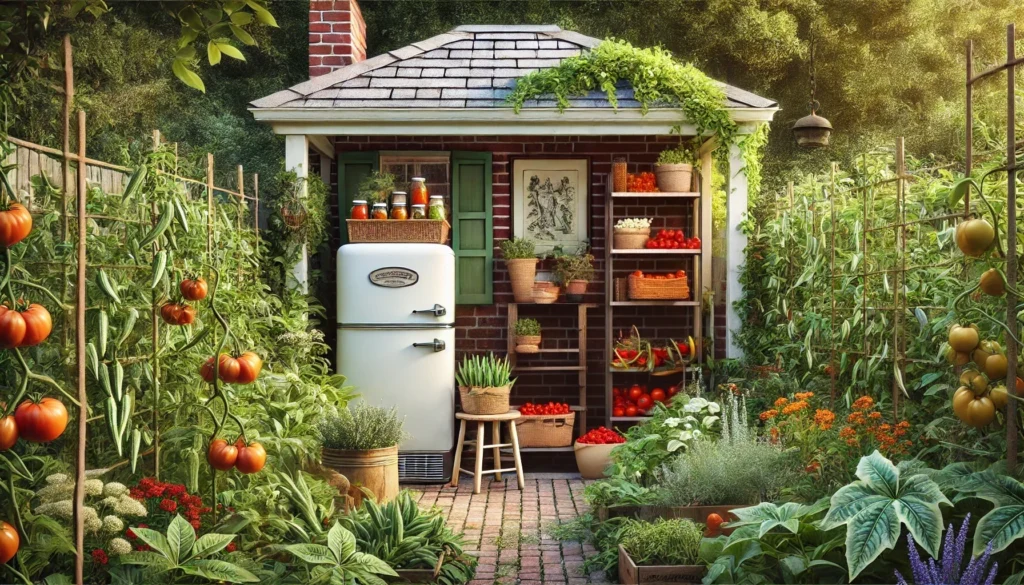
I grew up surrounded by gardens – lush, practical, ever-present.
When I was little, my parents kept a classic Southern kitchen garden in our backyard – tomatoes, bell peppers, okra, and the like. And my grandparents’ garden was a never-ending source of butterbeans, cucumbers, and whatever else the season allowed.
Shelves lined with mason jars stood as quiet testaments to self-sufficiency in their small, brick carport. Beside them, a standing freezer held even more, for when fresh vegetables were no longer in season. Every single meal we shared with them included something from that carport – food they had grown, picked, or carefully preserved by hand.
I didn’t realize it then, but those long afternoons spent shucking corn and shelling sweet peas on the deck weren’t a fun pastime for my family – it was just what we did. Growing and preserving food was how we put meals on the table, saved money, and ensured we could take care of ourselves when things were tight.
So when I finally settled in Minnesota, before I bought furniture or hung a single picture, I planted a garden in our backyard to make it feel like home.
Back then, no one in my family talked about sustainability because there was no need to. It wasn’t a movement or a political statement – it was just life.
We grew food with the seasons, preserved it when we had more than we needed and made do with what we had because there was no fallback.
Before mass production and convenience, families like mine relied on their own two hands and passed down knowledge of how to care for the land. They composted food scraps to feed the soil, saved seeds for next season’s harvests, and rotated plantings long before agricultural science confirmed it was the best way to keep the soil fertile.
They fundamentally understood something we often forget – Nature provides, but only if you take care of her.
Food wasn’t the only thing they conserved. Firewood was collected, dry goods rationed, and nothing – absolutely nothing – was thrown away without second thought. Today, we call it “zero waste” or “eco-friendly.”
Granddaddy just called it common sense.
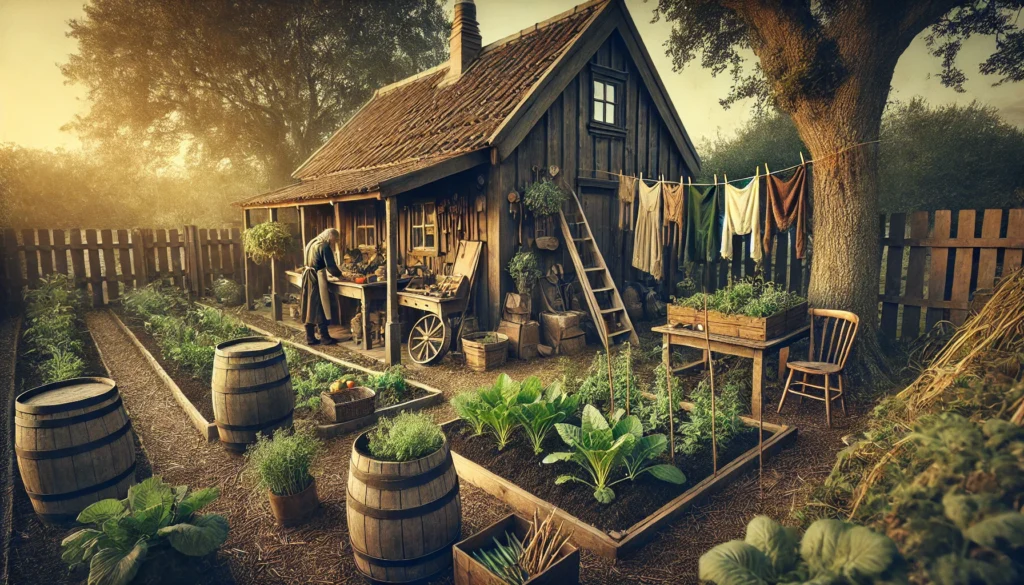
During the Great Depression, a garden was more than a patch of dirt – it was food security. A well-tended garden meant fresh vegetables in the summer and, hopefully, enough canned goods to last through the winter.
For the average family, it was very much the difference between having enough to eat or going without. Even city dwellers found ways to grow food in small spaces, tucking tomato plants into alleyways and turning tiny front yards into vegetable beds.
And as our country entered the World War II era, Victory Gardens accounted for nearly 40% of the vegetables grown in the U.S…
Proof of what a community could accomplish when it turned back to the land.
But long before war and hardship made gardening a necessity, people tended the earth because they knew no other way. Before grocery stores stocked produce year-round, survival depended on the rhythm of the seasons – the right time to plant, the right time to harvest. They watched the weather, learned from their neighbors, and passed that knowledge down like an heirloom.
This was a generation that took care of what they had because they came from nothing. That mindset wasn’t just about survival; it was deep understanding that nothing should be wasted because there was no guarantee of more.
Today, many no longer have to grow food to survive.
Few have lived through rations or shortages that forced them to stretch every resource to its limit. As a nation, we haven’t experienced poverty on the same scale as they did, and because of that, the urgency to prioritize these skills has faded.
Even if we don’t need them, it’s important we hold onto them.
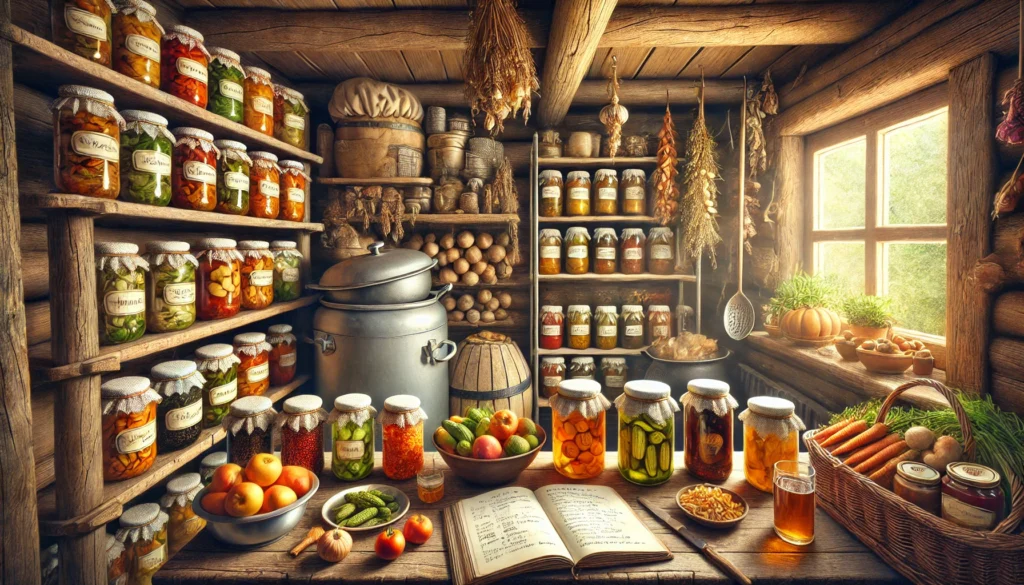
Part of a good harvest also meant knowing how to make it last.
Before refrigeration, storing food was a necessary skill… One that my grandparents understood all too well. Their pantry was never empty because they worked hard to put food away when they had it.
Canning has long been a trusted method of preservation, but it’s only one piece of the puzzle. Historically, people preserved food in whatever ways made sense for their land, climate, and culture.
Root cellars kept potatoes, carrots, and apples fresh for months. Fermentation turned cabbage into sauerkraut, cucumbers into pickles, and milk into cheese, adding both flavor and shelf life.
Smoking and salting preserved meat long before iceboxes, while sun-drying fruits, herbs, and even meats, provided another way to store food without any equipment.
Most importantly, food was treated with respect.
Fruit that was too ripe became jam. Vegetable scraps became soup stock. Leftovers were repurposed, stretched, and reinvented. You didn’t simply throw food away – you honored it.
Sometimes, I think about how far we’ve drifted from that wisdom.
Now, food is wasted on a scale my grandparents never could have imagined. Leftovers are tossed without a second thought, we buy more than we need, and convenience often outranks conservation.
Reclaiming their way of living is more than just practical or sustainable – it’s also my way of connecting with them while building something steady and enduring for my little family.
And if nothing else, when I open a jar of tomatillos in the middle of winter, I’ll taste the rewards of hard work and tradition.
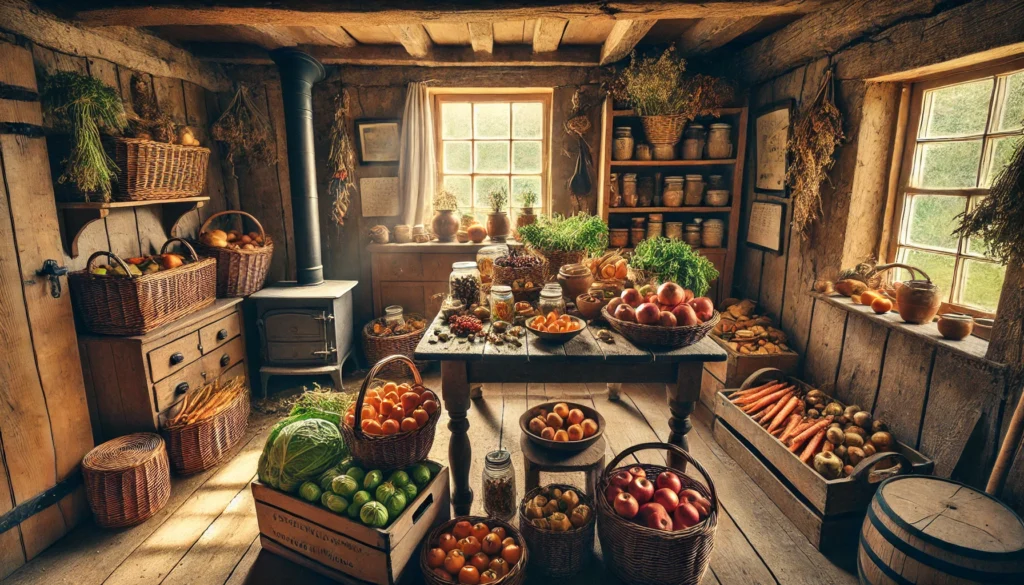
When money was tight, my family didn’t panic – we adapted.
For the Greatest and Silent Generations, economic survival wasn’t about having more and the Great Depression only worked to reinforce that frame of mind.
Families traded eggs for milk and bartered for help with home repairs. A strong community meant sharing what you had and trusting that when you needed help, someone would be there for you.
But even outside of crisis, this, again, was simply how people lived. Resourcefulness wasn’t a skill so much as a way of thinking… If you needed furniture, you built it. If your shoes wore out, you patched them and if something broke, you fixed it because replacing it wasn’t an option.
Contrast that with today, where we live in a world that would rather replace than repair. Bartering has all but disappeared from the middle class, and self-sufficiency is often dismissed, not as a practical skill, but as a fringe or “granola” lifestyle.
Knowing how to fix, trade, grow, and make do isn’t old-fashioned wisdom – it’s resilience. It’s what allows people to thrive, no matter what the economy does.
Also? When you know how to take care of what you have, you realize just how little you actually need… That lesson from our ancestors is just as valuable now as it was then.
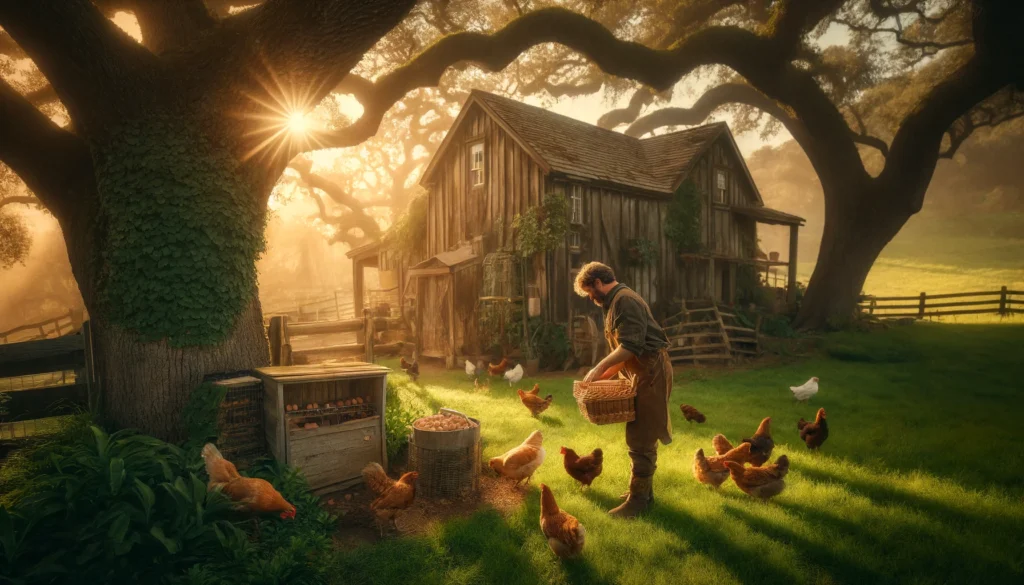
In my grandparents’ time, fashion wasn’t dictated by trends. People didn’t cycle through wardrobes with the seasons, they made what they had last as long as possible. Function often, if not always, took precedence over form.
Clothes were patched, repurposed, and eventually handed down. When a shirt became too thin to wear, it became a cleaning rag. When a quilt started to fray, it was reinforced with pieces of old dresses. Even the thread for mending was saved from garments too worn to repair.
The same philosophy applied to the home… A coffee tin stored seeds for next season’s planting. Milk bottles were returned instead of discarded. Ash from the fireplace was used to make soap, and old flour sacks were stitched into aprons, then later used to strain broth.
Even food packaging was saved – Butter wrappers lined baking tins, and string was tucked away in drawers for tying up roasts or hanging herbs to dry.
But thrift was only the surface of it. Beneath that, it was about respecting the work that went into making things because you knew what it was like to go without.
Today, things aren’t made to last because corporations profit when they don’t. And this holds true in most every modern industry – agriculture, fashion, automotive, real estate, appliances.
On the surface, my family was teaching me frugality. But when I really listened, it was about living with intention. Those afternoons spent weeding the garden or canning creamed corn were their way of showing me that the resources sustaining us should be respected.
I think we need to shift back to local ecosystems, again. And that will only happen when we, collectively, stop seeing things as disposable and start valuing them once more.
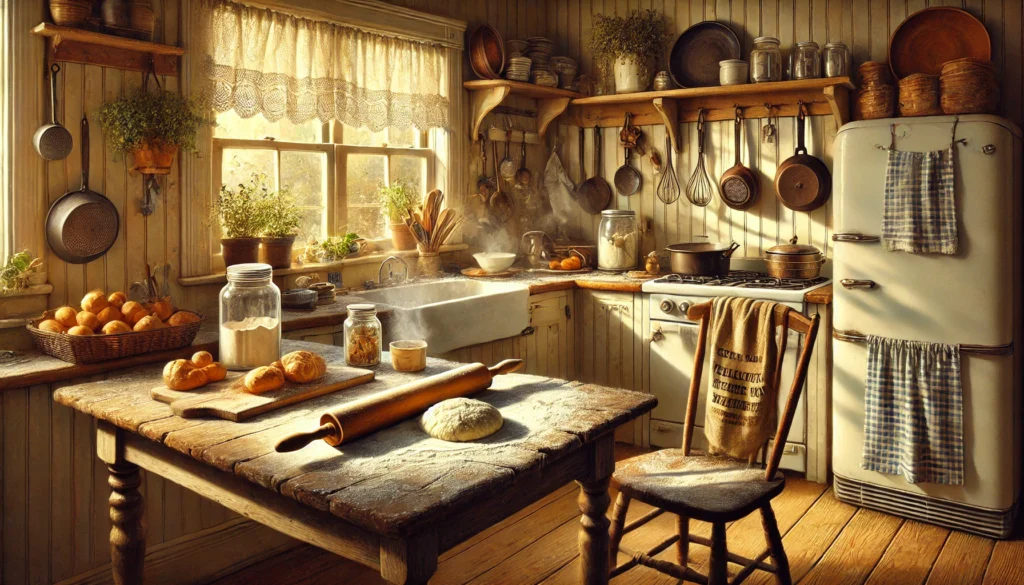
I think about my family a lot when I’m in the garden.
When I’m barefoot in the dirt, pulling weeds by hand instead of spraying chemicals, I wonder if they’d nod in quiet approval. When I pick tomatoes off the vine, warm from the sun, or run my hands through patches of herbs, I feel the same connection to the land they must have felt.
I compost my food scraps the same way my Granddaddy did and simmer leftovers into soup stock. I make fire cider in the Fall and keep jars of fermented garlic honey on the counter during flu season. I also grow my own food – not all of it, but enough to matter.
And what I don’t grow, I source as close to home as possible. My family has been part of a local farming co-op for seven years now, getting our meat, dairy, and produce from the kind of small-scale agriculture that once fed entire communities.
This same perspective guided us in choosing a locally owned design-build firm – one that prioritizes working with trade partners from within our own community. And as we continue to age in place, we’ll repair rather than replace and remain mindful of the resources we consume.
That’s what our great-grandparents would have done.
Sustainability isn’t some curated, Pinterest-perfect lifestyle. It doesn’t require expensive products or meticulous routines. It’s so much simpler than that.
Just pay attention.
Have respect for the food you eat, the things you own, the land you walk on. It’s about looking at what you have and asking yourself: How can I take care of this? How can I make it last?
We don’t have to live exactly as our ancestors did because we have the luxury of convenience… But just because we don’t have to live like them, doesn’t mean we shouldn’t learn from them.
I don’t always think about it, but I carry my ancestors with me, in a million small ways, all the time. When I make a batch of Brunswick stew, pick blueberries off my bushes, or make the sacrifices necessary to buy our food from local farmers.
These habits weren’t something I sat down and adopted overnight. They’ve been woven into the rhythm of my daily life the same way they were woven into the lives of those who came before me… Slowly, and over time.
Traditions aren’t something we have to study or formally learn, they’re something we embody. We may not live exactly as our ancestors did, but I do think we’d be wise to remember why.